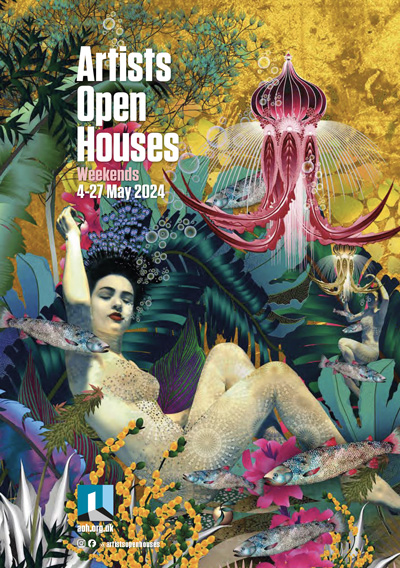We talk to Raffaella Carillo about her new exhibition, Troublemakers
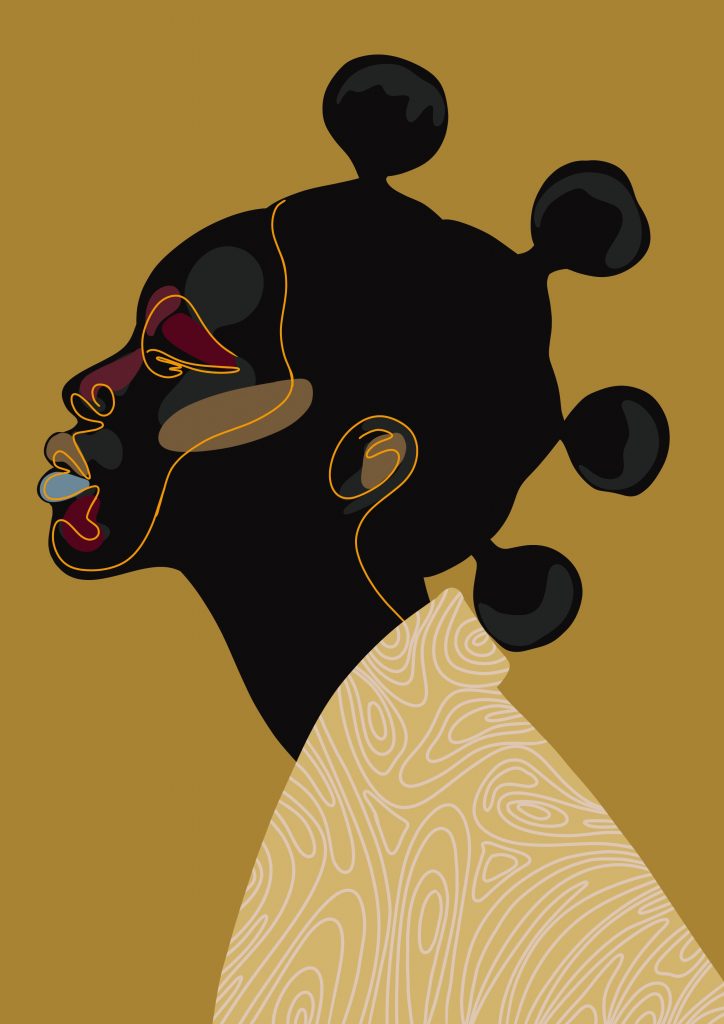
Naledi Modupi, Bamako
Hello Raffaella
Your exhibition Troublemakers sounds very interesting – you describe it as a dialogue between cultures and includes local and African emerging artists, amongst others. Can you tell us a bit more about the artists and how they were selected?
As a curator it is important for me to support emerging artists and to select works that are meaningful and can have an impact on the audience. As the title of the exhibition says, I look for artists that cause troubles, in a way or another. For example I am showing the series Her as Sunshine by Naledi Modupi which aims to create a positive narrative for African Women. In fact, speaking of Africa, the Western narrative is still almost exclusively focused on poverty and diseases, but Africa is much more than that. Africa is a Continent made of 54 Countries with a cultural richness that we are only grasping. Naledi’s work encourages the audience in taking a new point of view and it provides representation for a part of the population that is still treated as a minority.
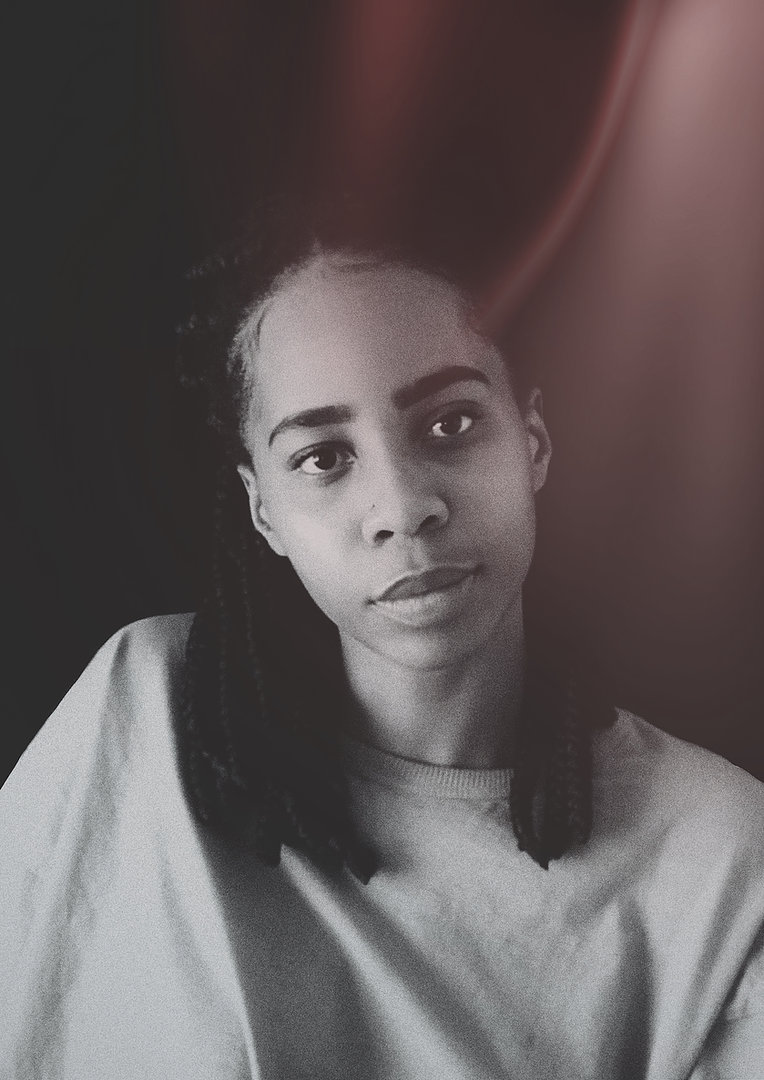
Naledi Modupi
Another example is the local silversmith, Kitty McGilchrist, with her jewellery brand This is Pretty Ugly. The rings she makes are wearable artworks that aim to empower the wearer in their journey to overcome social struggles. The series is composed of four animal-like rings and each of them addresses a specific issue like gender pay gap, victim blaming and so on. Loris Dogana and Jack Hardy, on the other hand, have a surrealistic and ironic approach and their images conquer the eye before enticing the mind.

Rana Ashraf
Rana Ashraf presents a series of quirky digital illustrations that bring to the surface the process of building a personality in a demanding society. Naomi Vona explores the construction of beauty in fashion magazines; Siu Man Wu focuses on the relationship between women’s bodies and the objects around them and Enzo Marra deals with psychological and sexual themes that reminds us of Freud’s theories. I choose these artists because I think that all together, with their specific approach and practice, they offer a compendium of contemporary research in art.
 Naomi Vona – in her studio
Naomi Vona – in her studio
How did the process of dialogue inform their work?
The dialogue is something that arises just by juxtaposing all these different works side by side. In a group show it is the curator’s job to make the artworks speak to each other. The exhibition set up is part of the dialogue too. A space is never neutral, not even white cubes are, and Metropolis is very peculiar. I like to play with the artworks and showcase them in a way that enhance their message or techniques. I give you a hint for the show: look at the fireplace.
 Loris Dogana – Status Quo
Loris Dogana – Status Quo
That sounds intriguing! In what other special ways do you envisage audiences will engage with the work?
I like to provide the audience with context. Artists’ bios are always present in the exhibition space, alongside descriptions of the specific artwork or series. I always spread around QR codes that link to artists interviews and behind the scene contents and I usually complete the viewing experience with little projections or animations, if the artist works in digital. Moreover, I always try to give the audience something to do when they are in the space. At the moment I am collecting the favourite songs of my visitors to realise a collective playlist on Spotify. ForTroublemakers I am planning to make the audience copy their favourite piece.
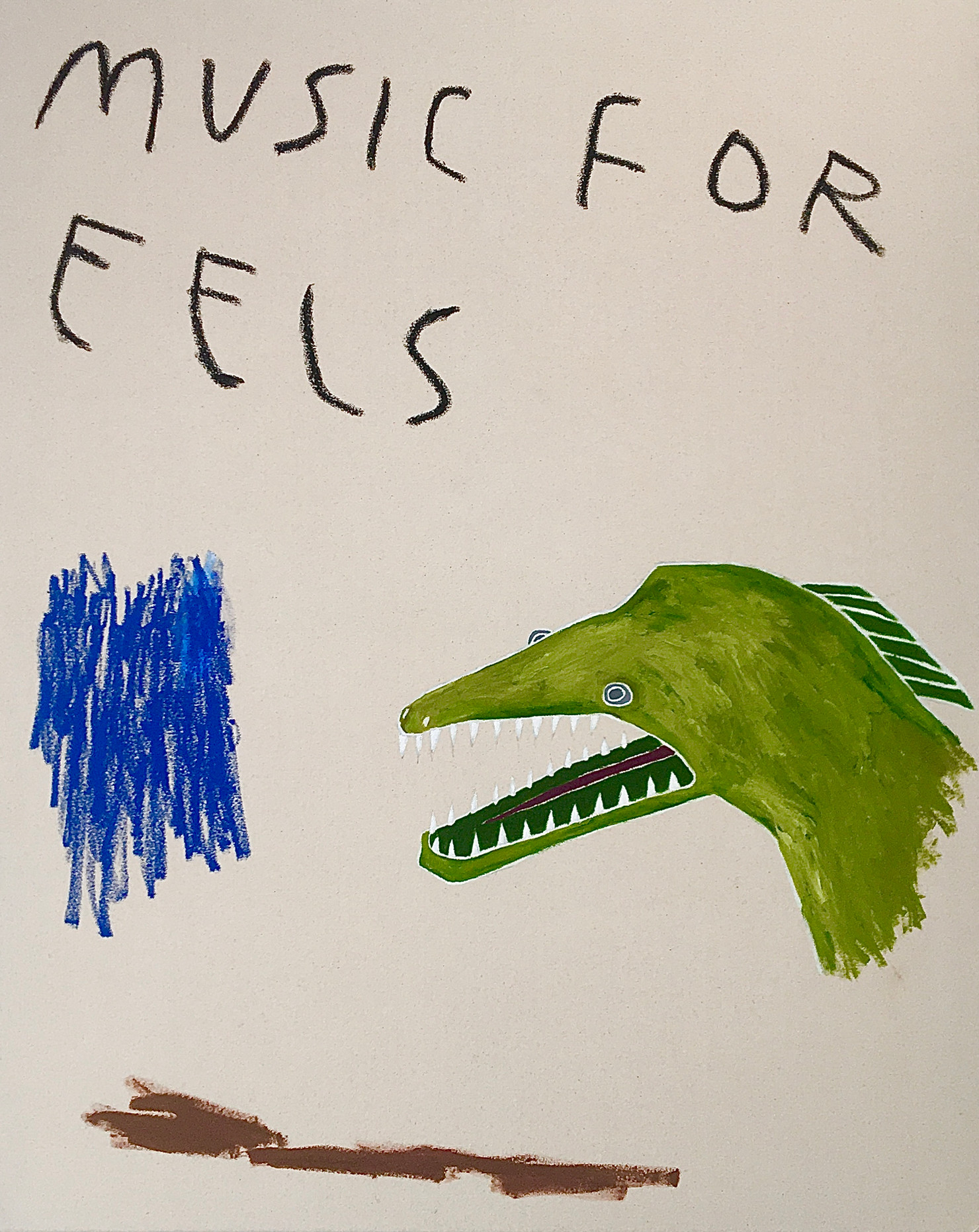 Jack Hardy – Music for Eels
Jack Hardy – Music for Eels
Part of any income raised from the exhibition will be donated to the Hummingbird Project. Can you tell us a bit about this project?
Rana Ashraf is one of my represented artists. She is from Egypt and she works for an ONG that helps refugees. When we were talking about the show she asked me to find a local charity for refugees and donate part of her revenue to them. She didn’t know I had already started a conversation with the Hummingbird Project. Helping refugees is something very dear to me. I am Italian and as you know Italy is at the forefront of migrations’ route. I am profoundly ashamed of our immigration policy, and I am more than happy to do something to help. The donations don’t involve only Troublemakers, though. I donate a percentage of my income monthly. Also, the majority of my suppliers are Social Enterprises so almost everything you can buy at Metropolis raises money for a good cause.
 Naomi Vona – Laughing at Patriarchy
Naomi Vona – Laughing at Patriarchy
Your gallery is called Metropolis Contemporary Art Gallery. Can you tell us about about the gallery and its aims?
I opened Metropolis to promote emerging artists, both local and international, aiming to encourage a dialogue between different cultures. I support underrepresented and marginalised voices in order to fight social, gender and racial inequalities in the art world and I propose affordable artworks to make art accessible for a broader part of the population. I also propose different kinds of events to engage communities and promote social change through art. Moreover, I aim to interest young people in contemporary art, in order to create a new generation of collectors willing to support it because they share the same values and concerns of the artists, thus becoming a part of social progress.
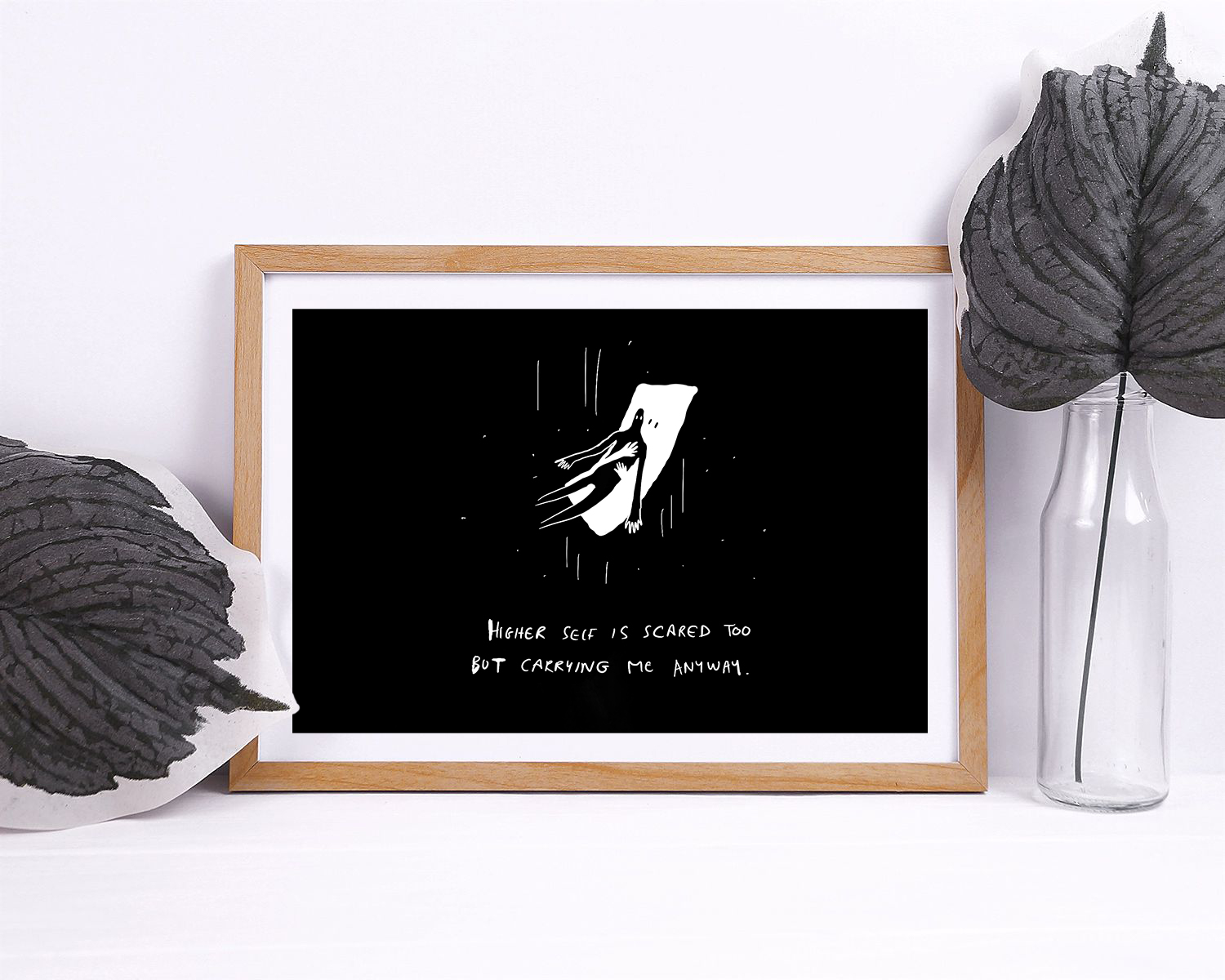
Rana Ashraf – Higher Self
Is there anything else you would like to tell us?
The project Metropolis comprises also a bi-monthly fanzine on contemporary art that gathers exclusive interviews with international emerging artists.
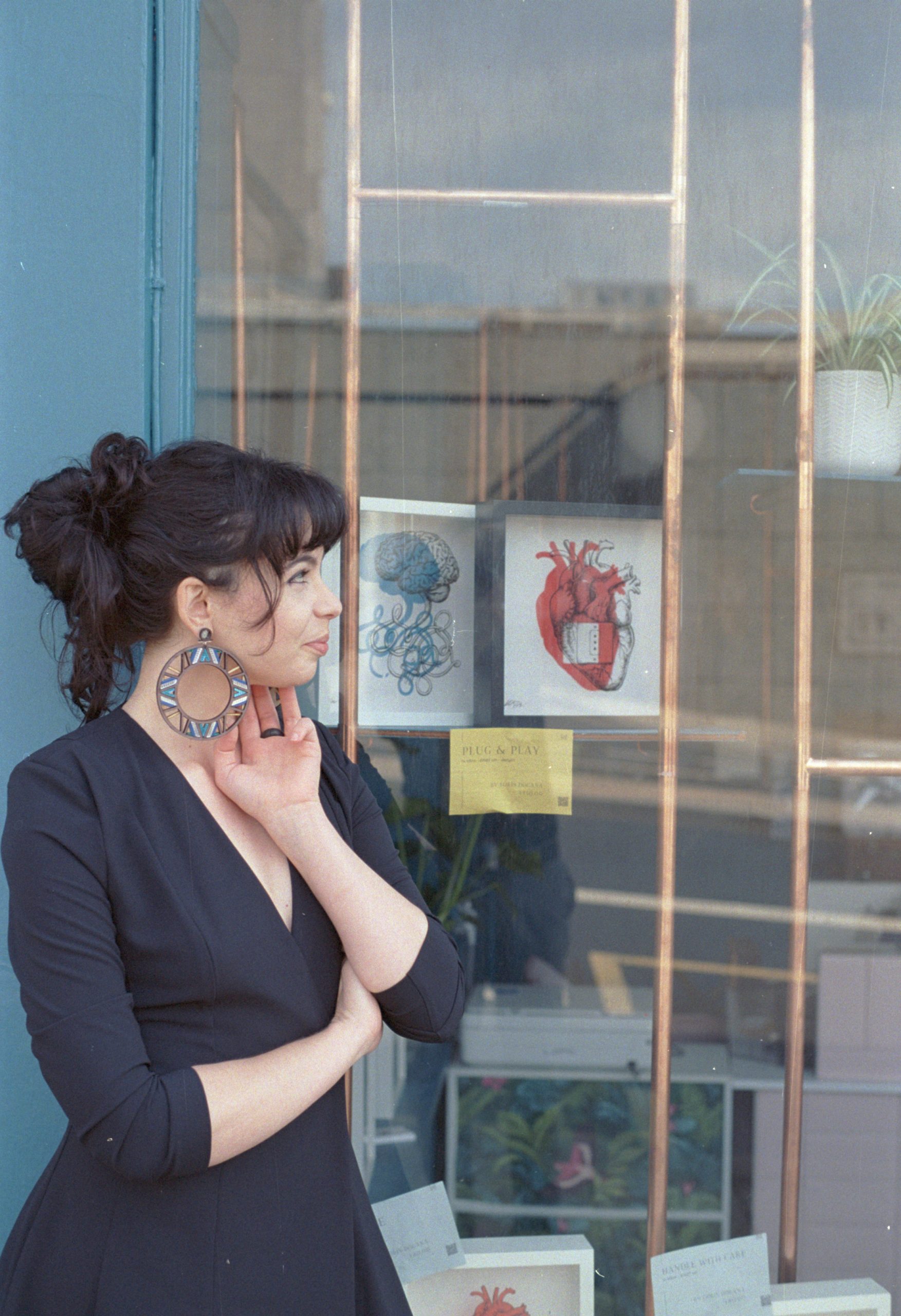
Raffaella Carillo in front of Metropolis window- artworks by Loris Dogana
See more about Troublemakers at Metropolis Contemporary
170 Edward Street, Brighton, BN2 0JB
Visit Metropolis Contemporary website
And instagram

